
Museum dell’Arte Salvata (Copyright: Leila A. Amineddoleh)
Amineddoleh & Associates LLC is proud to work as a leading law firm in the cultural heritage sector. We have worked with collectors, dealers, museums, law enforcement agencies, and even foreign governments. One of our clients is the Republic of Italy, a nation paradoxically blessed with an abundance of artistic and cultural treasures, but cursed with the solemn responsibility of protecting those treasures. Properly monitoring antiquities and archaeological sites, regulating the market, and protecting cultural heritage is a costly and heavy burden. Every region of the Italian nation is famed worldwide for its cultural treasures, and so the country has developed means to actively protect its heritage through various channels. For instance, Italy is the first nation in the world to have a military unit responsible for the protection of art and heritage.
The Carabinieri Headquarters for the Protection of Cultural Heritage (Comando Carabinieri Tutela Patrimonio Culturale, or TPC) was instituted in 1969. The TPC is a part of the Ministry of Culture and plays an important role regarding the safety and protection of the heritage. The TPC is renowned for its efforts and works with law enforcement agencies around the world to recover stolen and illicitly exported artifacts, assists in heritage protection and management globally, recovers stolen art within Italy and abroad, and works to monitor and regulate the art market for looted or illicitly removed art and antiquities.
The TPC has had tremendous success over the decades, recovering hundreds of thousands of objects worth billions of dollars. In a thrilling recent escapade during 2020, the TPC tracked down a 500-year-old painting stolen from a museum in Naples. Jesus Christ in his “Savior of the World” (Salvator Mundi) aspect. The work is a copy of the infamous Salvator Mundi that sold for over $450 million in 2017 (considered the world’s highest-selling painting to date). The police found this copy stashed in the cupboard of an apartment and arrested the 36-year-old property owner. It was probably easy to spot among the inhabitant’s mismatched cutlery.
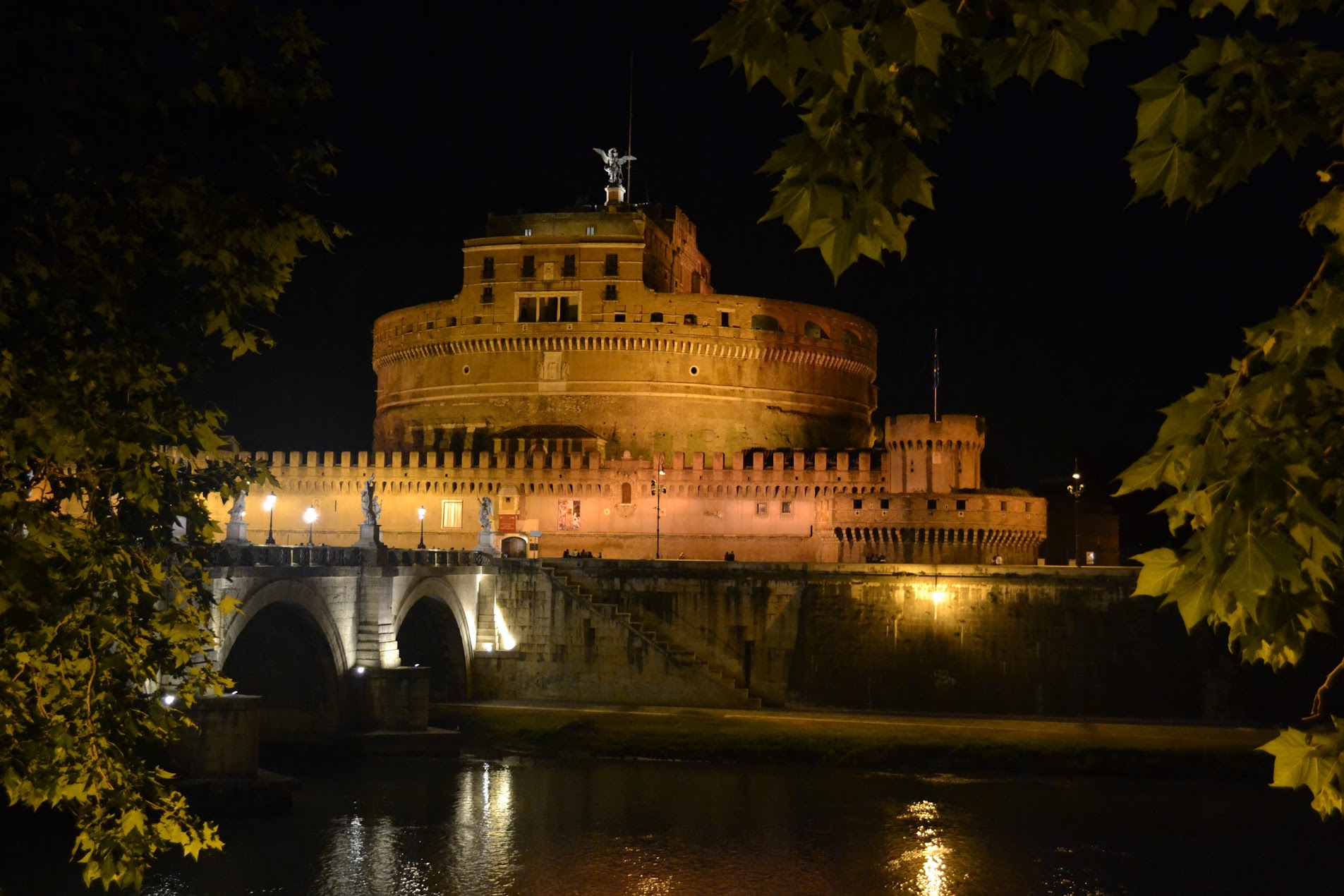
Castel Sant’Angelo (Copyright: Leila A. Amineddoleh)
The elite and highly specialized force has celebrated its successes in countless repatriation ceremonies and with art exhibitions. In particular, 2009 marked one of the most high-profile returns resulting from TPC investigations. The Metropolitan Museum of Art (the “Met”) returned the Euphronios Krater (infamously known as the “Hot Pot”) to Italy once the TPC and Swiss authorities uncovered an extensive looting network selling black market antiquities from Italy. These objects wound up in the hands of reputable collectors and museums, including the Met, the Museum of Fine Arts in Boston, the Getty Museum, Harvard University, and the Cleveland Museum of Art. In the wake of this return, hundreds of other items from that network were returned. These restituted works were exhibited in the Colosseum with much pomp, circumstance, and celebration.
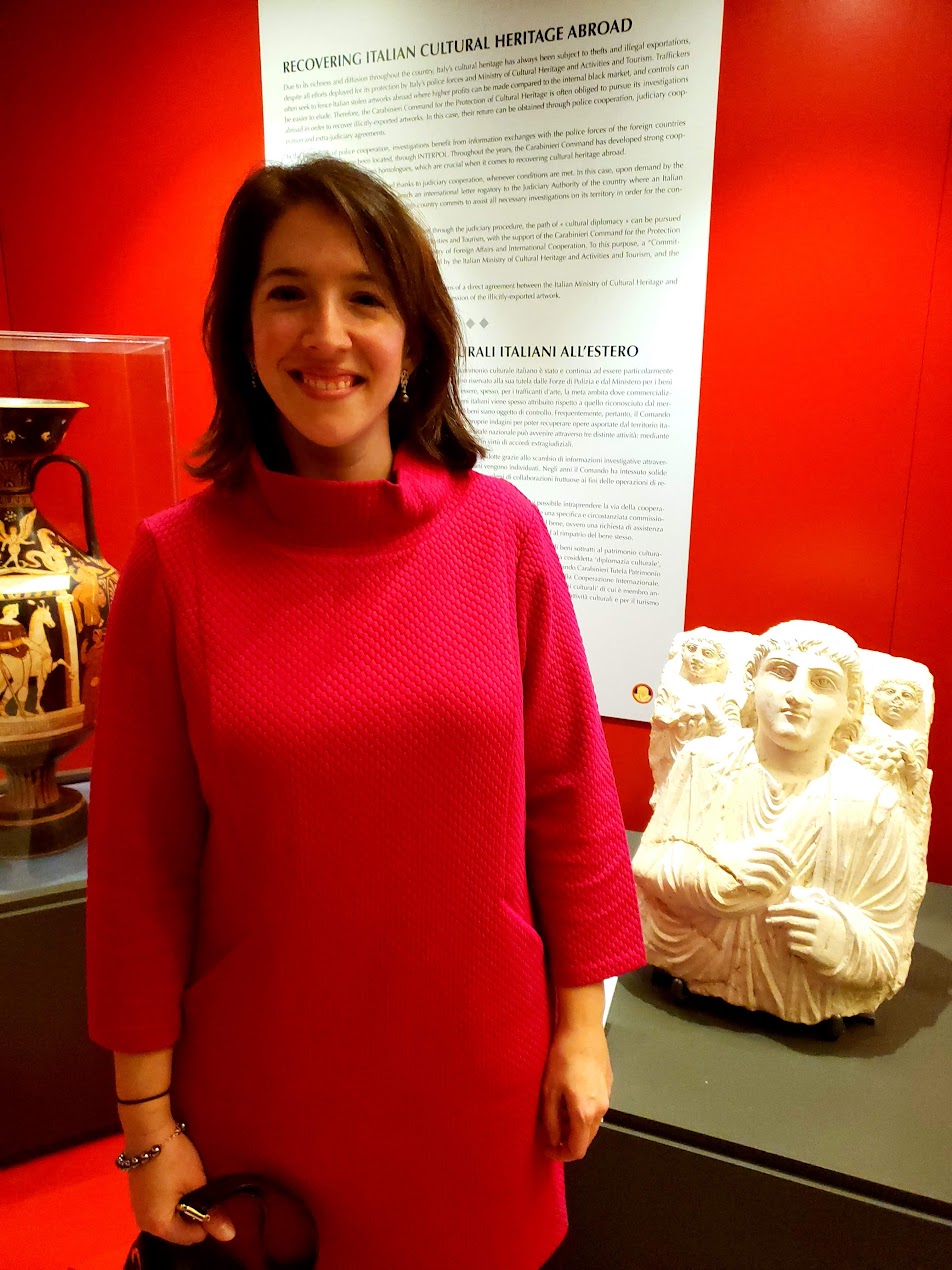
At the United Nations in January 2020
A decade later, in 2019, in honor of the TPC’s 50 anniversary, the Carabinieri, the Italian Ministry of Foreign Affairs and International Cooperation, and the Italian Ministry of Cultural Heritage and Activities organized a comprehensive exhibition of recovered art. “Recovered Treasures: the Art of Saving Art” was on view in Paris and then displayed at the United Nations in New York in January 2020. Our founder, Leila Amineddoleh, was invited to attend this exclusive event to open this once-in-a-lifetime exhibition. At the opening, Secretary-General of the United Nations Antonio Guterres aptly stated that the “exhibition not only comprises priceless works of art, it also paints a picture of the power of international cooperation.”
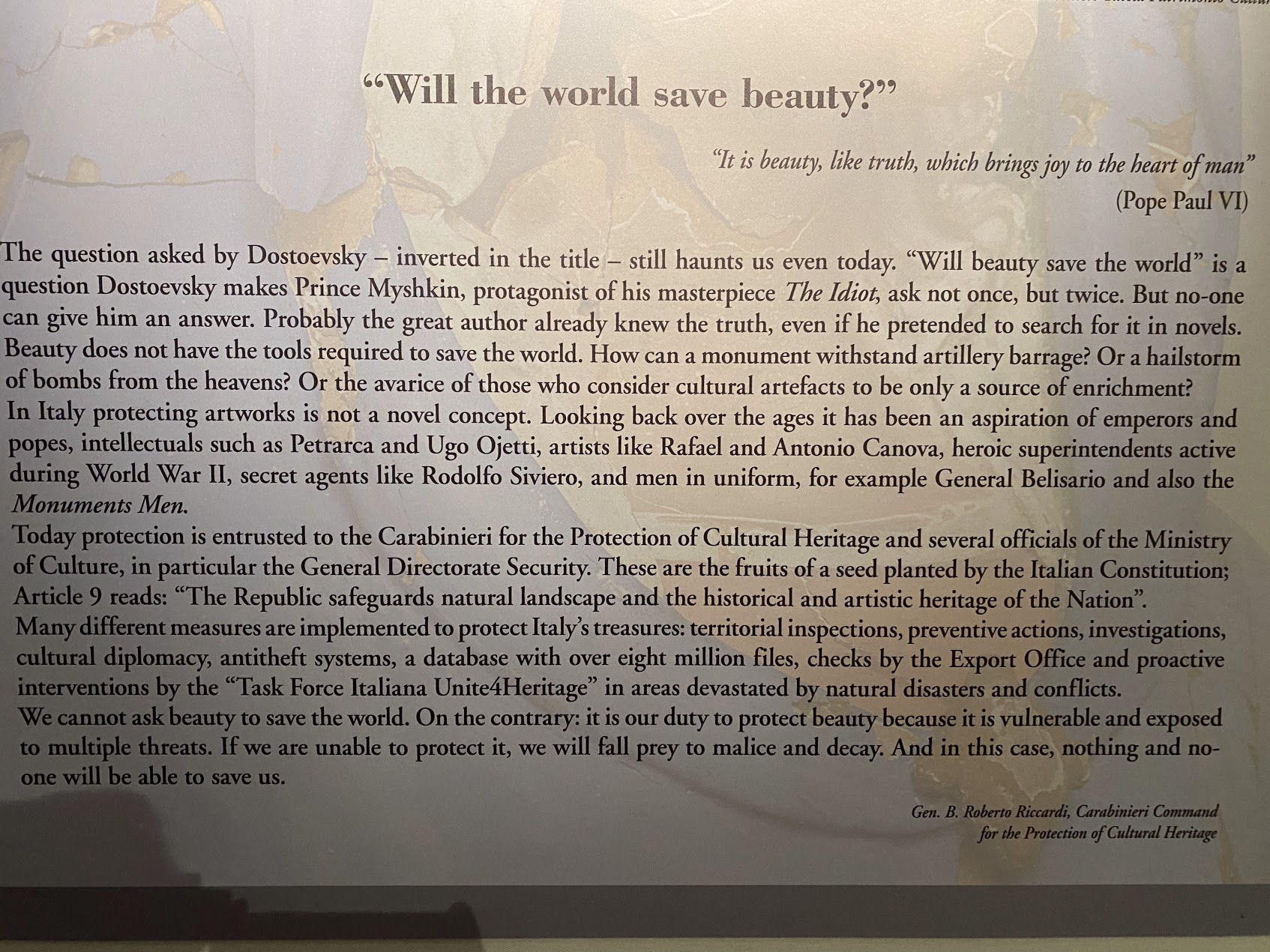
Sign at the entry of “Will the world save beauty?” exhibition
When Italian museums finally reopened after the Covid pandemic, the Castel Sant’Angelo in Rome hosted an exhibition entitled “Will the World Save Beauty?,” a show dedicated to exhibited repatriated antiquities, items recovered after natural disasters, works stolen from churches and private institutions, the prevalence of forgeries, and even stolen instruments. Leila also received an invitation from the Carabinieri to view this jaw-dropping show. The juxtaposition of recovered antiquities in a building with nearly 2,000 years of history was both ethereal and moving. This historic site had survived sacking and plundering, and so it was particularly effective to experience repatriated artwork in such a historically rich setting.

Copyright: Leila A. Amineddoleh
At the start of this summer, Minister of Culture Dario Franceschini announced the opening of the Museo dell’Arte Salvata (“Museum for Rescued Art”), a new museum displaying looted works returned to the Mediterranean nation. The concept for this museum is innovative and appealing – hundreds of smuggled, and now repatriated, artworks will be displayed for public view. But the particular items on display will rotate, with the next group of pieces to be presented after October 15, 2022. Once the displayed works are removed, they will be returned to the respective regions of Italy from where they were originally stolen. The museum’s noble aim is to return objects to the collections of small museums that have suffered from the loss of artwork, giving them and the nation of Italy as a whole a boost to aid in post-pandemic recovery for the culture sector.
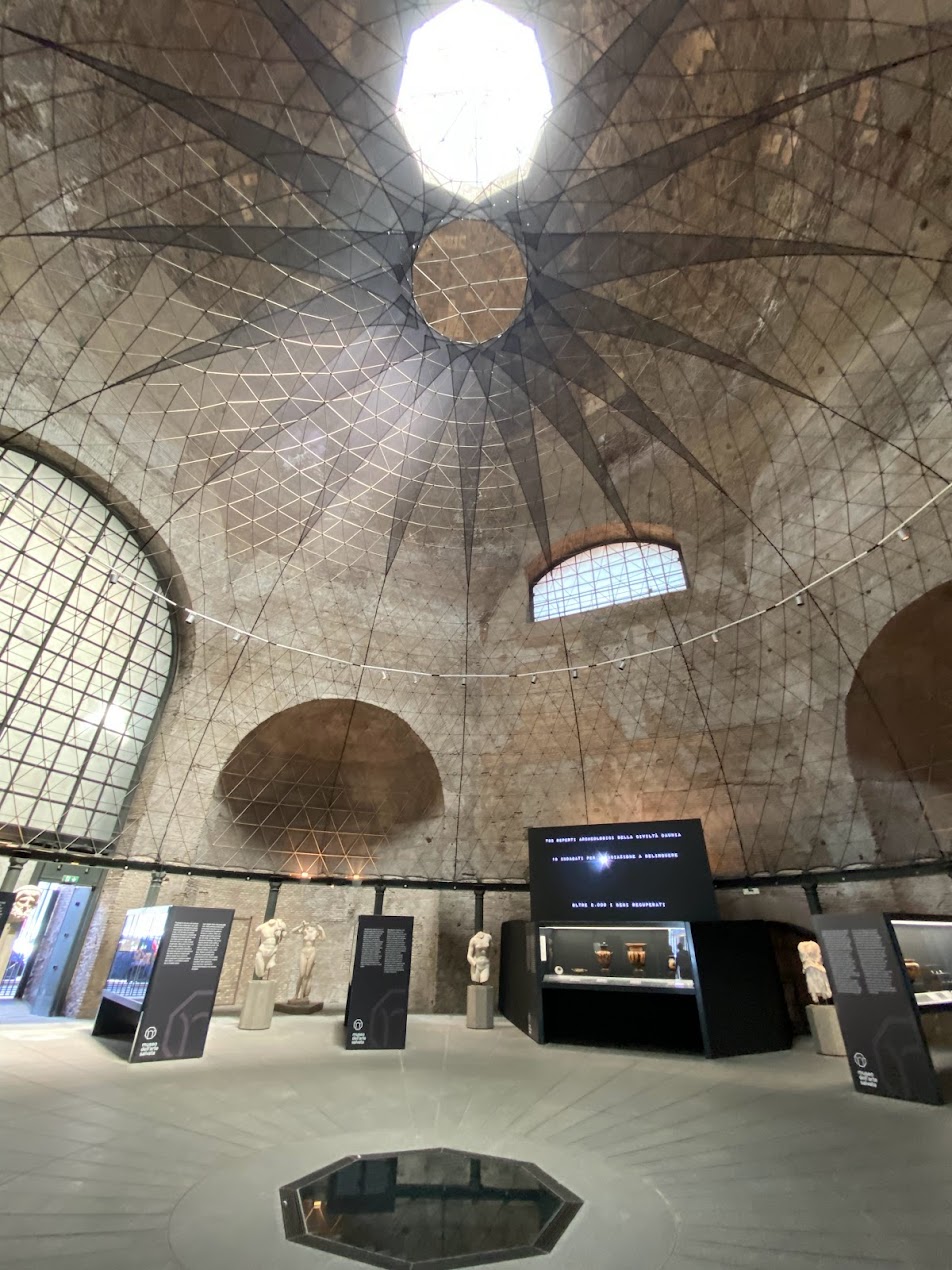
Copyright: Leila A. Amineddoleh
Our founder had the pleasure of visiting the museum shortly after its fabulous opening. The museum is intimate (the objects are all displayed in one large room), and the exhibition is excellent. The repatriated objects on display are organized in glass vitrines featuring information about the works’ significance, the ways in which they were smuggled, and the importance of repatriation. The museum notes that the objects on display are “mainly from the United States of America.” The United States (in particular, New York) is the center of the art market and so items are sold both legally on the market and illicitly. But US authorities have also been instrumental in recovering stolen and illicitly exported objects linked to Italy.
Franceschini stated: “Stolen works of art and archaeological relics that are dispersed, sold or exported illegally is a significant loss for the cultural heritage of the country…. Protecting and promoting these treasures is an institutional duty, but also a moral commitment: it is necessary to take on this responsibility for future generations.” Stéphane Verger, director of the National Roman Museum, poignantly noted: “I think of this as a museum of wounded art, because the works exhibited here have been deprived of their contexts of discovery and belonging.”
Just a month after this exhibition’s opening, another 142 Italian antiquities seized by the Manhattan DA are headed home to Italy. This included 48 items recovered from private collector Michael Steinhardt during a high-profile seizure in December 2021, where the former hedge fund manager agreed to surrender $70 million worth of antiquities. The most valuable work returned to Italy is a fresco depicting an infant Hercules strangling a snake, valued at $1 million and looted from Herculaneum. Officials revealed that another 60 of the items were recovered from Royal-Athena Galleries in Manhattan.
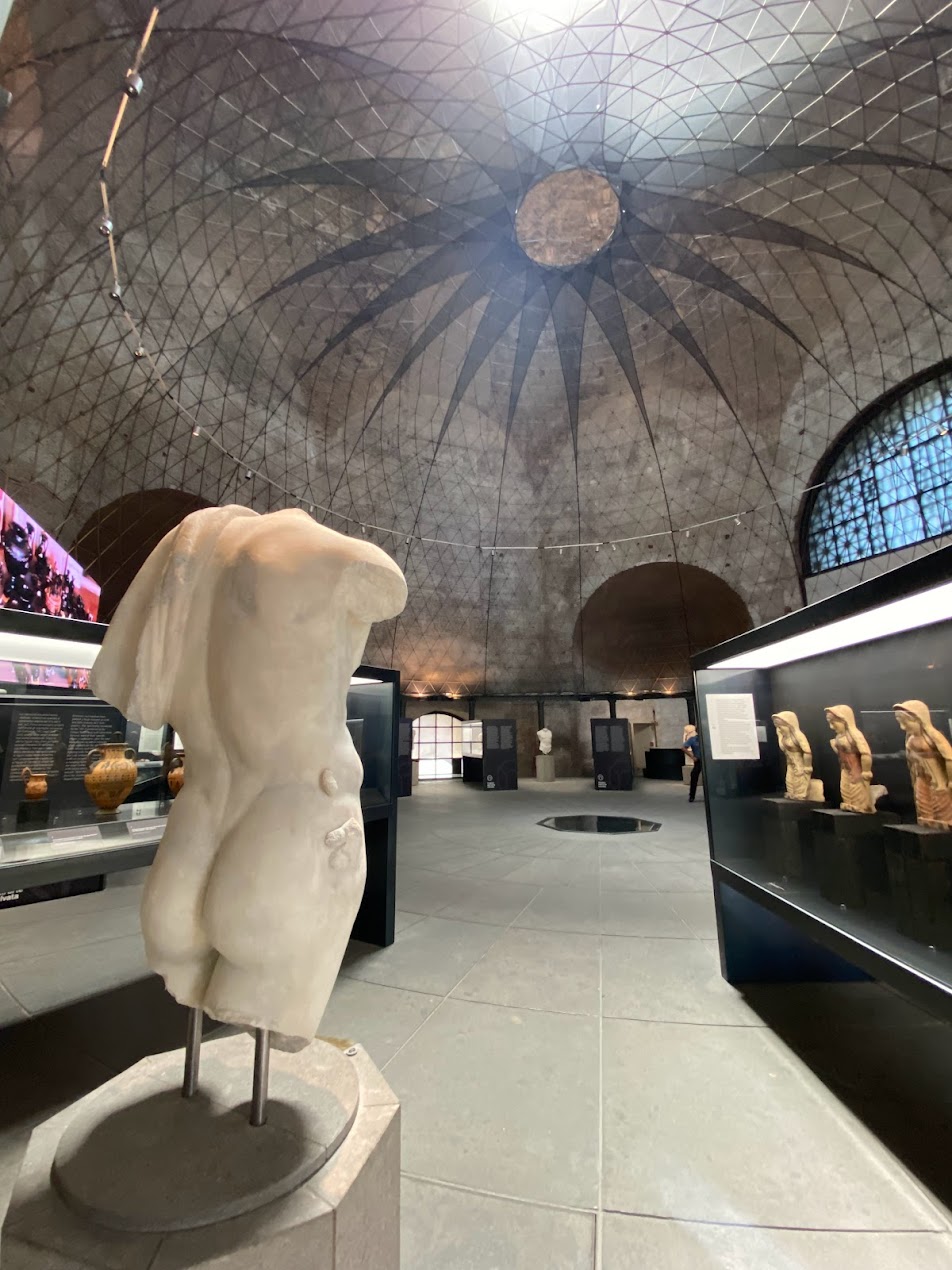
Copyright: Leila A. Amineddoleh
As this law firm is currently representing the Republic of Italy in an ongoing antiquities dispute, and our founder served as a cultural heritage law expert for the Manhattan District Attorney’s Office regarding the seizure of items from Michael Steinhardt, traveling to Rome and visiting such an impressive and important exhibition was – in Ms. Amineddoleh’s word – both powerful and gratifying. This highlights the impact of cultural heritage looting and trafficking at the global level and close to home.
The Museo dell’Arte Salvata is located in the Aula Ottagona, a building that had previously been closed for a number of years. The structure is part of the Baths of Diocletian complex, located a few minutes away from Termini Train Station (Rome’s main railway station), and across the street from the Repubblica subway station, in the heart of the Eternal City. Since it is part of the network of national Roman museums, visitors can purchase one ticket and see all five museums for one relatively inexpensive entry price. It is well worth the trip – and visitors can wrap up their visit with a large bowl of cacio e pepe and a hearty glass of Chianti Classico for a true Italian experience.